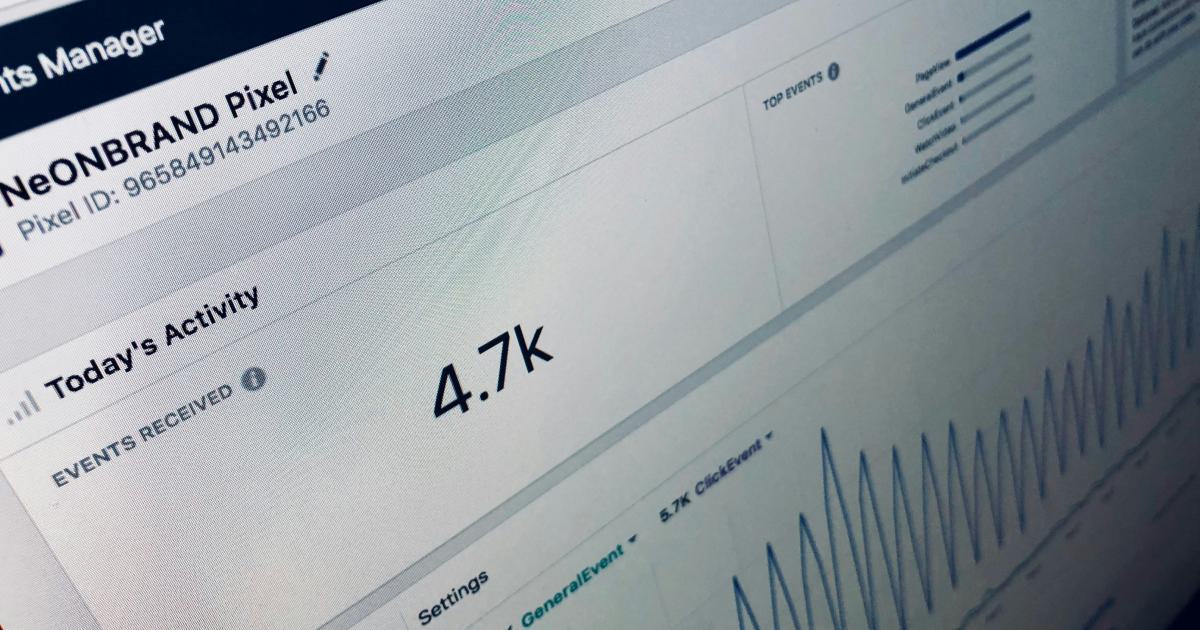The 58% Search Intent Blind Spot Sabotaging Growth


Understanding the Elusive Search Intent Landscape
In the dynamic world of digital marketing, understanding user search intent is paramount to driving sustainable growth. However, a critical blind spot has been lurking in the shadows, costing businesses precious opportunities and stifling their ability to reach their full potential.
Recent studies have revealed that a staggering 58% of search queries are classified as "ambiguous" or "navigational," defying easy categorization into the traditional intent-based buckets of informational, transactional, or commercial. This vast and often overlooked segment of search activity presents a unique challenge for marketers and search engine optimization (SEO) professionals.

The Rise of Ambiguous and Navigational Searches
The modern search landscape has evolved beyond the simplistic categorization of user intent. While informational, transactional, and commercial searches still hold significant value, the growing prevalence of ambiguous and navigational queries has become a game-changer.
Ambiguous searches are those where the user's intent is unclear or can be interpreted in multiple ways. For example, a query like "best restaurants in town" could mean the user is looking for recommendations, planning to make a reservation, or simply browsing options. Navigational searches, on the other hand, are queries where the user is directly seeking a specific website or brand, such as "Amazon" or "Wikipedia."
These types of searches often fall through the cracks of traditional intent-based strategies, leaving businesses struggling to effectively reach and engage their target audiences.
The Impact of the 58% Blind Spot
The inability to accurately identify and address the 58% of ambiguous and navigational searches can have far-reaching consequences for businesses of all sizes. Some of the most significant impacts include:
1. Missed Opportunities for Targeted Visibility
When businesses focus solely on the more easily identifiable informational, transactional, and commercial searches, they miss out on a vast pool of potential customers who are using ambiguous or navigational queries to find products, services, or information.
2. Suboptimal Content and Campaign Strategies
Without a clear understanding of the user's underlying intent, it becomes challenging to create content and campaigns that effectively meet their needs. This can lead to a disconnect between the business's offerings and the customer's actual requirements, resulting in lower engagement, conversion rates, and overall marketing effectiveness.
3. Inefficient Resource Allocation
Disproportionately allocating resources to target the more easily categorized search intents can result in an imbalance, where businesses miss out on valuable opportunities to reach and engage the often-overlooked 58% of users.
4. Reduced Competitiveness in the Digital Landscape
As competitors become more adept at recognizing and catering to the ambiguous and navigational search intent, businesses that fail to adapt risk falling behind in the race for visibility, engagement, and ultimately, revenue growth.
Overcoming the 58% Search Intent Blind Spot
To unlock the untapped potential of the 58% search intent blind spot, businesses must adopt a more comprehensive and strategic approach. Here are some key steps to help you overcome this challenge:
1. Expand Your Understanding of Search Intent
Broaden your perspective beyond the traditional informational, transactional, and commercial search intent categories. Delve deeper into the nuances of ambiguous and navigational searches, exploring the various ways users may be expressing their needs and intentions.

2. Leverage Advanced Analytics and Data-Driven Insights
Harness the power of advanced analytics tools and data-driven insights to gain a deeper understanding of your target audience's search behavior. Analyze search query patterns, user engagement metrics, and conversion data to uncover the hidden trends and opportunities within the 58% blind spot.

3. Implement Adaptive Content Strategies
Develop content strategies that are flexible and adaptable to cater to a wide range of search intents, including ambiguous and navigational queries. Ensure your website, blog, and other digital assets provide valuable information, resources, and seamless navigation experiences that address the diverse needs of your audience.

4. Optimize for Ambiguous and Navigational Searches
Incorporate targeted optimization tactics to improve your visibility and relevance for ambiguous and navigational searches. This may include optimizing your website's information architecture, refining your on-page SEO, and leveraging semantic markup to enhance the understanding of your content's context and meaning.

5. Personalize the User Experience
Utilize advanced personalization techniques to tailor the user experience based on the individual's search intent and behavior. By delivering customized content, product recommendations, and site navigation, you can better meet the needs of each user, regardless of their initial search intent.

6. Continuously Adapt and Iterate
Adopt a growth mindset by continuously monitoring, analyzing, and refining your strategies to adapt to the evolving search intent landscape. Regularly review your performance data, gather customer feedback, and make informed adjustments to ensure your approach remains effective and aligned with the needs of your target audience.

Unlocking the Power of the 58% Search Intent Blind Spot
By recognizing and addressing the 58% search intent blind spot, businesses can unlock a wealth of untapped growth opportunities. By adopting a more comprehensive and strategic approach, you can:
Improve Visibility and Reach: Expand your online presence and capture the attention of users who are expressing their needs through ambiguous and navigational searches.
Enhance User Engagement: Deliver more relevant and personalized experiences that better meet the diverse needs of your target audience, leading to increased engagement, conversion rates, and customer loyalty.
Optimize Resource Allocation: Allocate your marketing and SEO resources more effectively, focusing on the areas that hold the greatest potential for growth and profitability.
Gain a Competitive Advantage: Stay ahead of the curve by addressing the 58% search intent blind spot, positioning your business as a leader in meeting the evolving needs of today's digital-savvy consumers.
Drive Sustainable Growth: Build a strong foundation for long-term growth by continuously adapting your strategies to the changing search intent landscape, ensuring your business remains relevant and successful in the digital age.

By embracing the insights and strategies outlined in this article, you can unlock the power of the 58% search intent blind spot and propel your business towards sustainable growth and success.